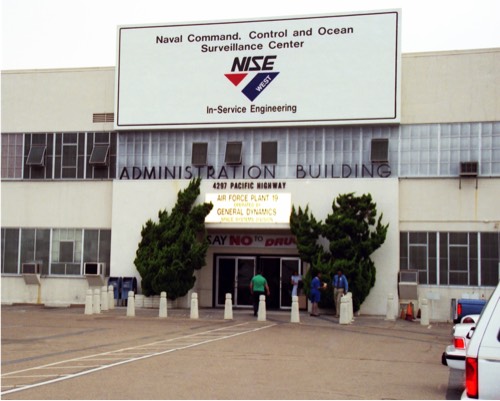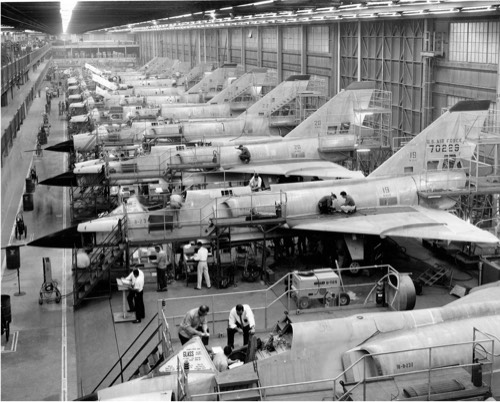Naval Information Warfare Systems Command (NAVWAR) is responsible for providing the critical networks, sensors and systems to connect air, surface, subsurface, space and cyberspace military assets that are vital to the Navy mission and to national security. Just as the nation requires dependable communications, networking, banking, transportation and energy to function as a modern society, the Navy depends on resilient connected systems, logistics, networks and communications to accomplish its mission.
In the era of information warfare, our homeland is no longer a sanctuary. Our adversaries reach across cyberspace daily to attack our networks, trying to steal critical information and get a foothold in our connected society. NAVWAR operates the world’s largest intranet, with more than 700,000 users in 2,500 locations around the world, blocking more than 231 million unauthorized intrusion attempts per month, all while providing and safeguarding the essential services the nation needs for strategic defense, communications, and deterrence.
To execute its high-tech operations and to meet emerging security requirements, NAVWAR must have facilities to support its mission — to identify, develop, deliver and sustain information warfare capabilities and services that enable naval, joint, coalition and other national missions. NAVWAR’s current facilities are not adaptable, sustainable or compatible with these growing mission requirements.
NAVWAR changed its name from Space and Naval Warfare Systems Command (SPAWAR) to Naval Information Warfare Systems Command in June 2019 to match the changing environment of cybersecurity. Information and cyber warfare is now a fundamental element of warfare, an essential concept within the Navy’s strategy, and is recognized as a warfare area on par with the traditional domains of air, sea, land and space.
If NAVWAR is unable to execute its mission, there is an impact; a ripple effect throughout the Navy. Without this network protection, the secure information, and the essential systems NAVWAR provides with the cyber defenses to protect them, the Navy’s mission is also at risk.
The need for new facilities is urgent. Adversaries do not rest. The Navy and nation are under cyberattack each day, and NAVWAR’s technical programs are at the front line of defense against them.
 City of San Diego Fully Committed to Redevelopment of NAVWAR
City of San Diego Fully Committed to Redevelopment of NAVWAR
San Diego Mayor Todd Gloria reaffirmed the city of San Diego's commitment to the Naval Information Warfare Systems Command (NAVWAR) headquarters redevelopment during his opening remarks at the San Diego Military Advisory Council breakfast held at the San Diego Convention Center Feb. 15.
Read More City of San Diego Fully Committed to Redevelopment of NAVWAR Spreaker Season 2, Episode 1: The NAVWAR Redevelopment Project—The Navy’s Largest Real Estate Project of its Kind and its Impact on the San Diego...
Spreaker Season 2, Episode 1: The NAVWAR Redevelopment Project—The Navy’s Largest Real Estate Project of its Kind and its Impact on the San Diego...
University of San Diego’s “BMC Talks” hosted Mr. Greg Geisen, NAVWAR Revitalization project manager, to talk about the Navy OTC Revitalization Project and NAVWAR’s economic impact to San Diego.
Listen to Season 2, Episode 1 (February 2024)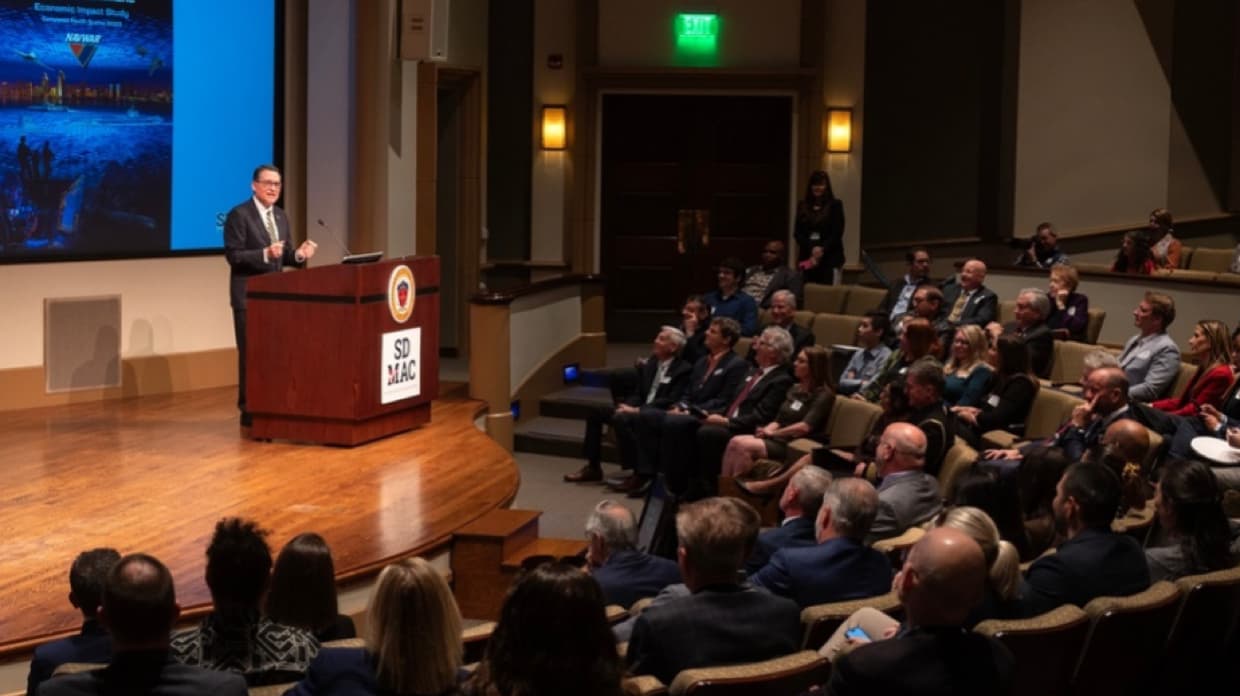 New SDMAC Report Reveals NAVWAR’s Economic Impact in San Diego Region
New SDMAC Report Reveals NAVWAR’s Economic Impact in San Diego Region
Naval Information Warfare Systems Command (NAVWAR) partnered with both the San Diego Military Advisory Council (SDMAC) and the University of San Diego (USD) Knauss School of Business to publish the newest edition of the NAVWAR economic impact study, unveiled at a reception and release event held at USD Jan. 30.
Read More CSDMAC 2024 NAVWAR Economic Impact ReportNAVWAR is the major tenant aboard Naval Base Point Loma Old Town Campus (NBPL OTC). It is comprised of 70.3 acres (46.62 acres OTC Site 1 and 23.64 acres OTC Site 2). NBPL OTC is approximately 1.5 miles from downtown San Diego, 1/2 mile to San Diego International Airport, and is located in the City of San Diego, Midway-Pacific Community Planning Area. NBPL OTC is near Interstate 8, and adjacent to Interstate 5 and Pacific Highway.
The main buildings consist of World War II-era aircraft manufacturing plants and associated administrative office buildings. OTC Site 1 was used during World War II to manufacture aircraft, and has been partially modernized to provide training facilities, administrative office space and industrial (laboratories, shops and warehouse) space to support NAVWAR. OTC Site 2 is used for warehouse space and parking. The existing space is inefficient and is functionally obsolete given the 1940s era facilities design, affecting NAVWAR’s cyber warfare mission, security, and workforce safety.
The Navy’s proposed revitalization of OTC facilities would meet design standards for safety and security while enabling sustainment of NAVWAR’s national defense mission.
Revitalization of OTC could include the demolition of existing facilities and construction of new buildings, utilities, and infrastructure to provide mission capable facilities for NAVWAR. This could occur through Navy-funded development of the site or through a leasing initiative. A leasing initiative could include mixed-use development, including options with or without a potential transit center. The Navy prepared a Draft Environmental Impact Statement (EIS) to analyze the potential environmental effects associated with revitalization of OTC, and more information on this process and the content of the Draft EIS can be found on the Draft EIS page and the NEPA Process page.
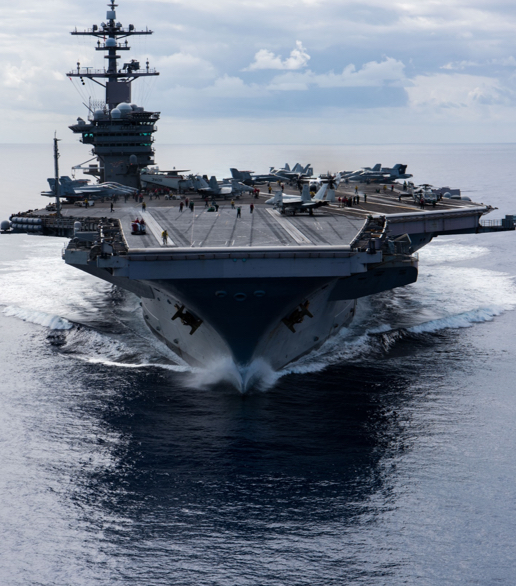
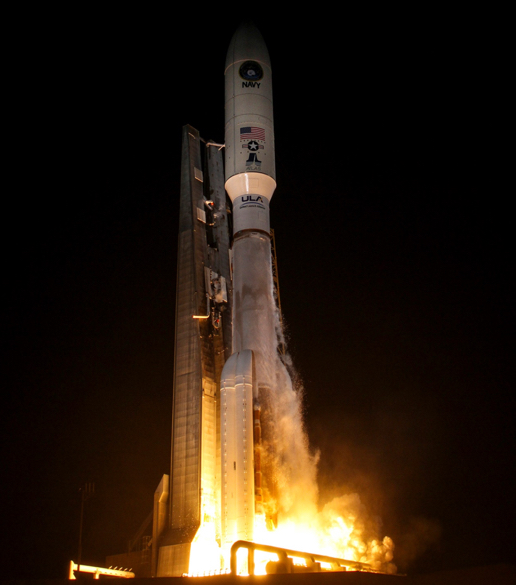
On January 23, 2020, the Navy signed a follow-on agreement with SANDAG, which expanded on the agreement signed in September 2019.
On January 24, 2020 a Notice of Intent (NOI) was published in the Federal Register announcing the Navy’s intent to prepare an Environmental Impact Statement (EIS) to analyze the potential environmental effects associated with revitalization of the OTC to support NAVWAR’s current and future operational readiness.
On February 24, 2020, the Navy completed a 30-day public scoping period. The Navy is using scoping input from the public during preparation of the Draft EIS.
Throughout 2020, the Navy gathered information, completed technical studies to support a robust analysis of alternatives, and explored potential courses of action while preparing the Draft EIS.
